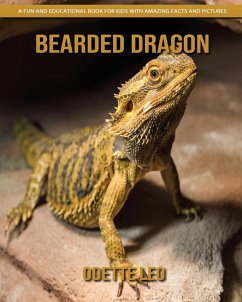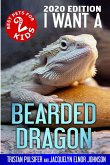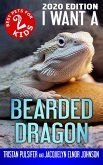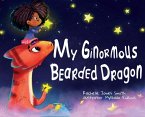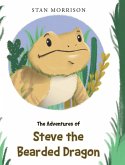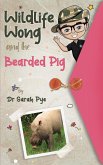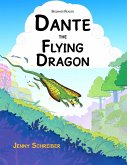Bearded Dragon: A Fun and Educational Book for Kids with Amazing Facts and Pictures Introduction: This chapter provides an overview of the bearded dragon, including its physical characteristics, scientific name, and natural habitat. It introduces the reader to the main topics covered in the subsequent chapters, such as behavior, reproduction, diet, and health. Appearance: This chapter explores the physical characteristics of the bearded dragon in more detail, discussing its size, coloration, and distinctive beard. It also covers the differences between male and female bearded dragons, as well as the various subspecies and morphs that exist. Geography: This chapter delves into the distribution and range of bearded dragons in the wild, discussing the various regions of Australia where they can be found. It also examines the types of habitats they prefer, such as arid and semi-arid regions, and the challenges they face in these environments. Behavior: This chapter covers the various behaviors and social interactions exhibited by bearded dragons, including their use of body language, basking habits, and territorial displays. It also explores their intelligence and ability to learn, as well as their responses to human interaction and handling. Reproduction: This chapter discusses the mating and reproductive habits of bearded dragons, including courtship displays, egg-laying, and parental care. It also examines the factors that can affect their reproductive success, such as temperature and nutrition. Social Life: This chapter explores the social interactions of bearded dragons in more detail, discussing their hierarchical structure, dominance displays, and group dynamics. It also covers the differences between captive and wild bearded dragons in terms of social behavior. Habitat: This chapter examines the specific habitat requirements of bearded dragons, including the type of enclosure, lighting, heating, and substrate needed to create a suitable environment for them. It also covers the importance of providing enrichment and stimulation to keep them healthy and happy. Senses: This chapter discusses the sensory abilities of bearded dragons, including their vision, hearing, and sense of smell. It also covers their ability to sense and respond to temperature and humidity changes in their environment. Feeding: This chapter explores the dietary requirements of bearded dragons, including the types of food they eat, how often they should be fed, and the importance of providing a varied and balanced diet. It also covers common feeding problems and how to address them. Babies: This chapter covers the growth and development of bearded dragon hatchlings, including their nutritional requirements, handling, and socialization. It also explores the challenges and risks involved in breeding bearded dragons in captivity. And much more ...
Hinweis: Dieser Artikel kann nur an eine deutsche Lieferadresse ausgeliefert werden.
Hinweis: Dieser Artikel kann nur an eine deutsche Lieferadresse ausgeliefert werden.

